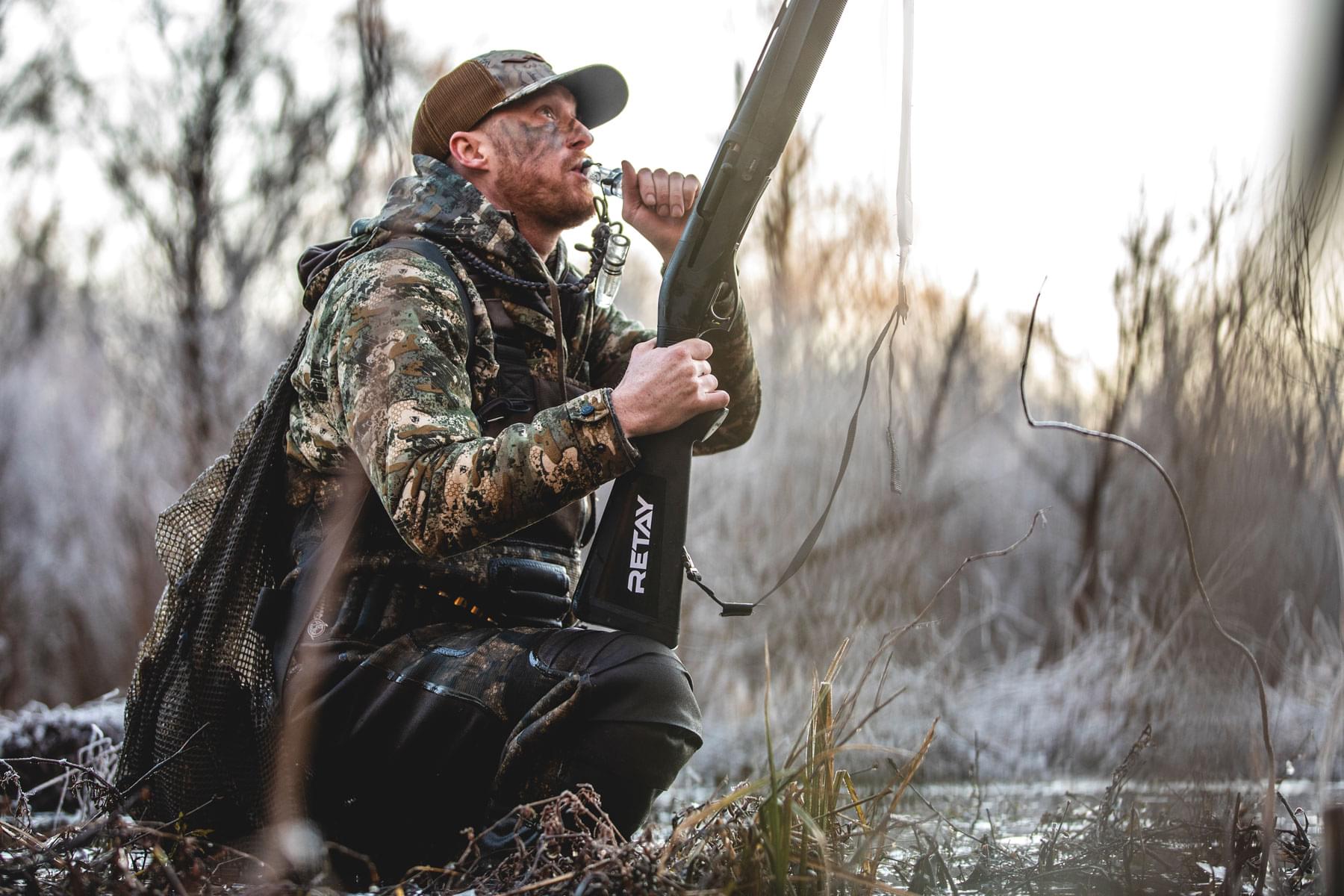
When training to shoot, you are not only learning to hit the target. You are also training to think, move, and react. Real defensive encounters are wild, swift, and uncertain. That is why stationary bullseyes are not enough. To develop the type of skill that translates into the real world, you must practice with tactical shooting targets that mimic stress, uncertainty, and decision-making.
The following are some ideas on how you can make the most out of scenario-based training.
Apply targets that compel you to make decisions
In real life, each shot produces consequences. That should be reflected in your training. Utilize no-shoot / shoot targets, hostage targets, or photo-realistic targets with threats of different levels. These enable you to hesitate long enough to process information, which is an important skill that far too many shooters overlook.
Your brain must assess whether what you see is a threat before drawing and shooting. This sort of psychological stress more closely simulates a self-defense situation than just shooting holes in paper.
Add Movement and angles
You will rarely have a threat that is squarely in front of you at 7 yards. Therefore, you should practice with targets at varying angles, heights, and distances. Try to:
- Flank in and out of cover
- Fire in unwieldy positions
- Mix up your order of engagement.
You do not need expensive tactical shooting targets to create these drills. Even the simplest things, like repositioning basic targets or the construction of barricades using range junk, can make you shoot not only faster but also smarter.
Add time pressure, then accuracy
Utilize a shot timer or even a training partner to impose urgency. The idea is not to hurry through all the shots. It is to mimic adrenaline and have you train with a cognitive load. None of which is to say that a clean shot when you are relaxed is exactly the same thing as a hurried shot when your pulse is racing.
Begin by coming up with realistic yet challenging time goals. Then go large. You will soon find out where your basics fail you and where you have to work on your transitions, reloads, or target acquisitions.
Go reactive if you can
Reactive tactical shooting targets, such as steel plates, swingers, and drop-downs, provide immediate feedback and require follow-up. You can not fake them. You will know right away if you are off.
Integrate them into drills where you work against multiple targets within a time constraint. This makes your shooting genuine and keen. You may even include some surprise pop-up threats to emulate stress recognition.
Create scenario-oriented drills
Connect your targets in sequences to form shorter, narrative-driven drills. For example:
- You turn a corner (barrier), and there is a hostage/no-shoot and a threat
- You move back to cover and fire at a second target at range
- You end up with a close headshot of a partly hidden target.
Tactical shooting targets excel in these drills. You are stacking movement, decision, accuracy, and timing into a single repetition, exactly as you would in real life.
Final words
Tactical shooting targets are supposed to make your training effective. All reps must inculcate habits that would count in the real world. Uncomfortable is good training!




